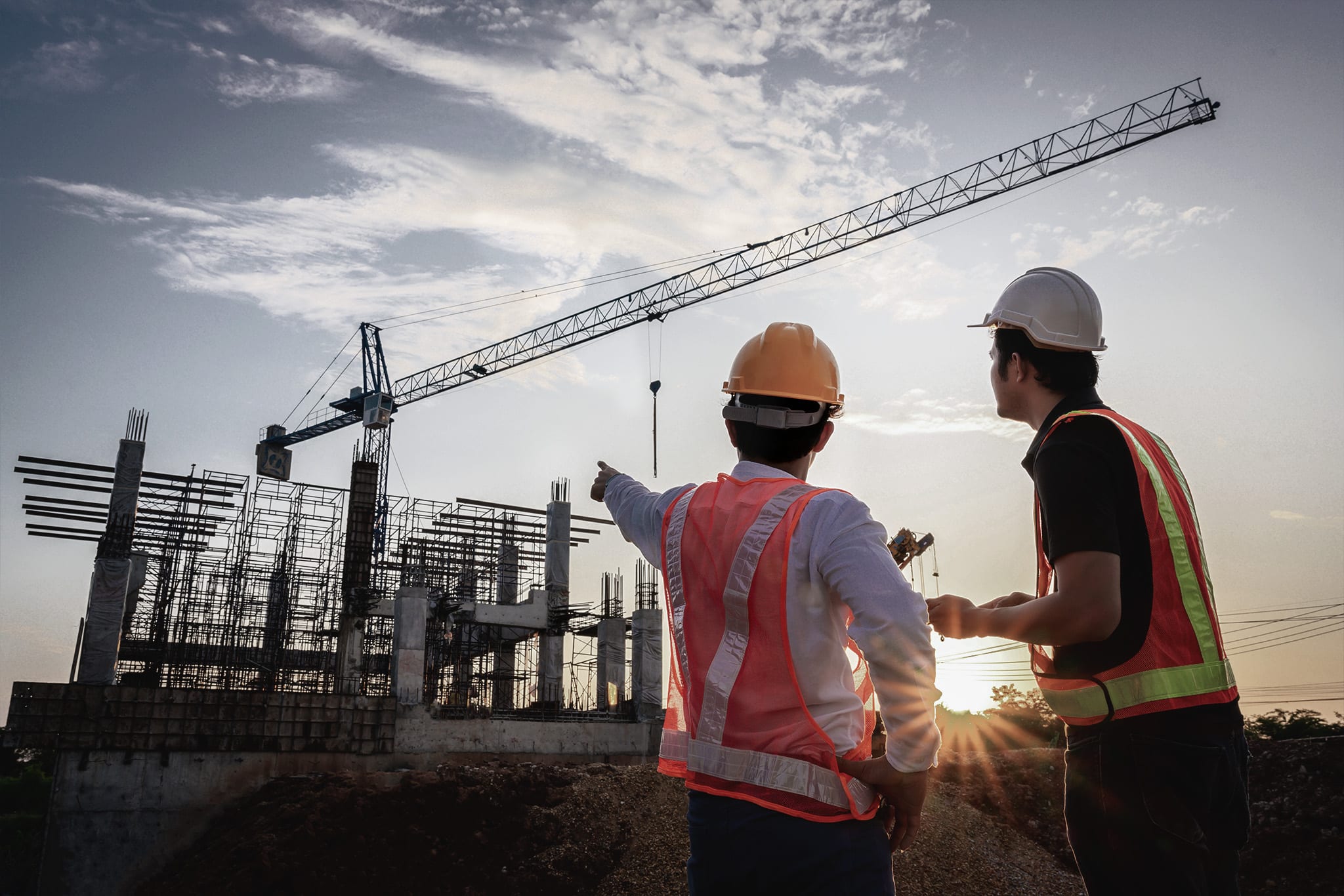Las Vegas is famous for entertainment and opportunity, drawing people into its lively scene. But for the construction and engineering industries, the city’s unique environment creates big challenges. The desert climate, temperature swings, and tricky soil conditions all affect how projects are planned and completed. To succeed, professionals need to tackle these factors head-on in a city that’s always changing.
As the city grows, key challenges for construction include dealing with environmental issues, following regulations, working around urban space limits, managing workforce shortages, and using new technology. Understanding these hurdles helps builders and planners keep projects on track while supporting the city’s development.
Environmental Challenges in Construction
Las Vegas’s desert heat heavily impacts construction, with temperatures often exceeding 100°F in summer. These extreme conditions cause materials like concrete to dry too quickly, affecting durability, and pose serious risks to worker health, necessitating hydration stations and shaded areas.
The region’s soil, often a mix of sand and clay, requires thorough geotechnical studies to prevent foundational issues. Collaborating with an engineering company in Las Vegas helps resolve soil stability concerns, address water scarcity through techniques like xeriscaping, and integrate sustainable construction practices like using recycled materials.

Regulatory Frameworks in Focus
Las Vegas enforces strict building codes to address challenges like seismic activity and extreme weather conditions, including intense heat and sudden storms. These regulations are frequently updated to incorporate the latest research and advancements in technology. Builders need to stay up-to-date and work with specialists to guarantee that projects meet safety standards and comply with local requirements.
Green building certifications, like LEED (Leadership in Energy and Environmental Design), are becoming increasingly popular in the city. These certifications promote renewable energy use, eco-friendly materials, and energy-efficient systems, which appeal to environmentally conscious buyers and investors. Developers are also using strategies like pre-application meetings with officials and digital tools to streamline the lengthy and complex permitting process.
Urban Development and Space Constraints
Space is tight in Las Vegas, especially on the Strip, where almost every available plot has been developed. With land running out, developers are turning to vertical construction, mixed-use buildings, and innovative architectural designs to make the most of limited space. For example, high-rise residential complexes and multi-purpose buildings with retail, office, and living spaces in one structure are becoming more common.
Building in already developed areas presents unique challenges. Aging infrastructure, such as old water and power lines, often needs upgrades to support the demands of new projects. These updates can cause temporary disruptions, including traffic congestion or service interruptions. With the city’s population growing, developers must thoughtfully plan to meet increasing demands for housing, business spaces, and public amenities.
Labor and Material Supply Challenges
A shortage of skilled workers remains a significant obstacle in Las Vegas construction. The demand for professionals in welding, electrical work, and heavy equipment operation far exceeds the available workforce. Local trade schools and community colleges are tackling this issue through training programs that offer hands-on experience and industry-specific certifications. Partnerships between these institutions and construction companies help prepare trainees for the workforce, addressing the labor gap effectively.
Material shortages present another challenge, often due to unpredictable supply chain delays. These disruptions slow projects and increase costs. To stay on schedule, teams are planning ahead, finding alternative materials, and working closely with suppliers to create contingency plans that keep resources flowing efficiently.

Innovative Solutions and Future Trends
Technology is revolutionizing construction in Las Vegas. For example, building information modeling (BIM) allows teams to create detailed 3D models of projects, enhancing collaboration and reducing costly errors during execution. Similarly, 3D printing enables the rapid production of components, saving time and minimizing waste. Notable projects in the region have already demonstrated significant time savings using these technologies.
Sustainability continues to be a major focus. Many developments now integrate solar panels, energy-efficient HVAC systems, and eco-friendly building materials, such as reclaimed wood and recycled steel. These initiatives not only reduce environmental impact but also cater to the rising demand for energy-efficient and environmentally responsible buildings.
Tackling the challenges of construction and engineering in Las Vegas takes creativity, teamwork, and smart planning. From dealing with extreme heat to following strict building codes and finding skilled workers, each problem is a chance to improve and try new ideas. Using sustainable materials, advanced tech, and training programs helps keep projects on track and ready for the city’s future growth. Builders who find practical solutions while thinking ahead can handle these obstacles and still create something great. As Las Vegas grows, the construction industry proves it’s ready to adapt and keep building a city like no other.






